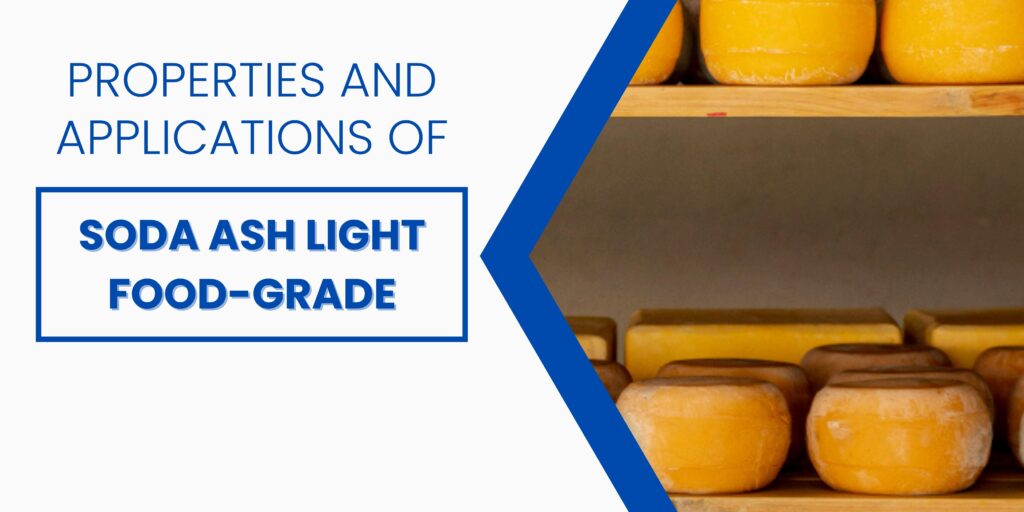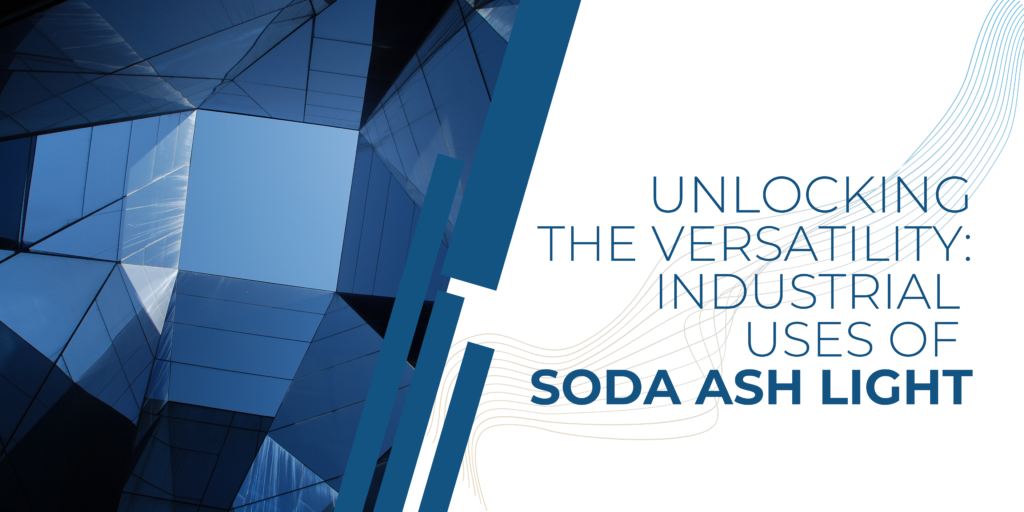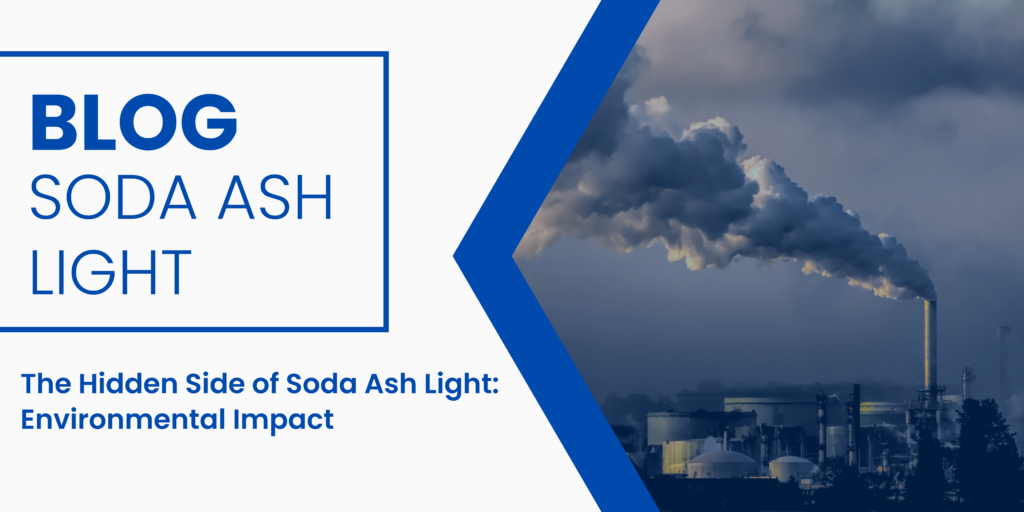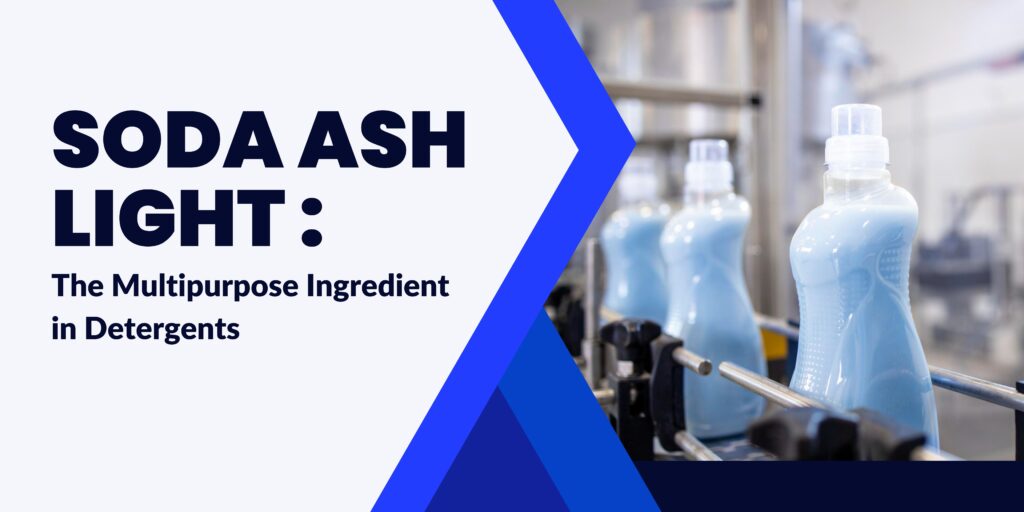

In the world of food production and culinary arts, some ingredients quietly play a pivotal role without ever stepping into the culinary limelight. Soda Ash Light Food Grade, often abbreviated as SALFG, is one such unsung hero. While it might not be a household name, this versatile compound plays a critical role in a variety of food processing applications, contributing to the quality, safety, and flavor of many of our favorite foods. In this article, we will delve into the world of Soda Ash Light Food Grade, exploring its properties, applications, and significance in the food industry.
What is Soda Ash Light Food Grade?
Soda Ash Light Food Grade is a refined and purified form of sodium carbonate (Na2CO3), a white, odorless powder that is soluble in water. It is an alkali substance with a long history of use in various industries, including food production. The “food grade” designation indicates that it meets stringent purity and safety standards, making it suitable for use in food applications.
Production of Soda Ash Light Food Grade
Soda Ash Light Food Grade is typically produced through a process known as the Solvay process, which involves the reaction of sodium chloride (table salt) with ammonia and carbon dioxide. The resulting sodium carbonate is then refined and purified to meet the high standards required for food-grade applications. This rigorous purification process ensures that the final product is free from impurities and contaminants, making it safe for consumption
Chemical Properties of Soda Ash Light Food Grade
SALFG has several chemical properties that make it a valuable ingredient in the food industry:
Alkalinity: Soda Ash Light Food Grade is highly alkaline, with a pH level of around 11-12 when dissolved in water. This property makes it an effective pH regulator in food processing, helping to control acidity and maintain product stability.
Solubility: SALFG is readily soluble in water, which makes it easy to incorporate into various food and beverage formulations.
Buffering Capacity: It has excellent buffering capacity, allowing it to resist changes in pH levels. This property is particularly useful in food applications where maintaining a consistent pH is crucial.
Precipitation Reaction: When combined with certain acidic compounds, SALFG can precipitate out of the solution. This characteristic is essential in processes such as cheese making, where it aids in coagulation.
Applications in the Food Industry
Soda Ash Light Food Grade has a wide range of applications in the food industry, contributing to both the quality and safety of various products. Some of its primary uses include:
Baking: SALFG is a key ingredient in baking powders, where it reacts with acidic components (such as cream of tartar) to produce carbon dioxide gas. This gas is responsible for the leavening effect in baked goods, causing them to rise and become light and fluffy.
Cheese Making: In cheese production, SALFG is used to adjust the pH of the milk and promote the coagulation of proteins. It plays a critical role in the formation of cheese curds.
Beverage Manufacturing: Soda Ash Light Food Grade is used in the production of soft drinks and carbonated beverages. It helps regulate the acidity and carbonation levels in these products.
Noodle and Pasta Production: It is used to improve the texture and color of pasta and noodles, as well as to enhance their water absorption properties.
Cocoa Processing: SALFG is employed in the alkalization process of cocoa, which affects the flavor and color of chocolate products.
Wine and Beer Production: It can be used for pH adjustment and as a cleaning agent in winemaking and brewing processes.
Fruit and Vegetable Processing: SALFG is utilized in the canning and preserving of fruits and vegetables to control pH and enhance product stability.
Water Treatment: In the food industry, water quality is crucial. Soda Ash Light Food Grade is used to adjust the pH of water used in various processes, ensuring it meets food safety standards.
Neutralizing Acidic Foods: It is employed to neutralize the acidity in some food products, such as tomato-based sauces and canned goods, to improve taste and extend shelf life.
Dough Conditioning: In commercial bakeries, SALFG can be added to dough formulations to strengthen gluten, improve dough handling properties, and increase shelf life.
Safety and Regulation
Ensuring the safety of food products is paramount in the food industry. Soda Ash Light Food Grade is subjected to rigorous quality control and safety standards to meet the requirements of regulatory bodies such as the Food and Drug Administration (FDA) in the United States and the European Food Safety Authority (EFSA) in Europe. These organizations have established maximum allowable levels for SALFG in various food products to ensure its safe use.
Conclusion
Soda Ash Light Food Grade may not be the star of the culinary world, but it is undeniably one of its most essential supporting actors. Its alkaline properties, solubility, and buffering capacity make it indispensable in a wide range of food processing applications, from baking and cheese making to beverage manufacturing and pH regulation. Without SALFG, many of the foods and beverages we enjoy would not be the same in terms of taste, texture, and shelf life. As a food-grade ingredient, it continues to play a crucial role in ensuring the safety and quality of the products we consume. So, while it may remain relatively obscure, Soda Ash Light Food Grade remains an indispensable ingredient in the world of food production.




